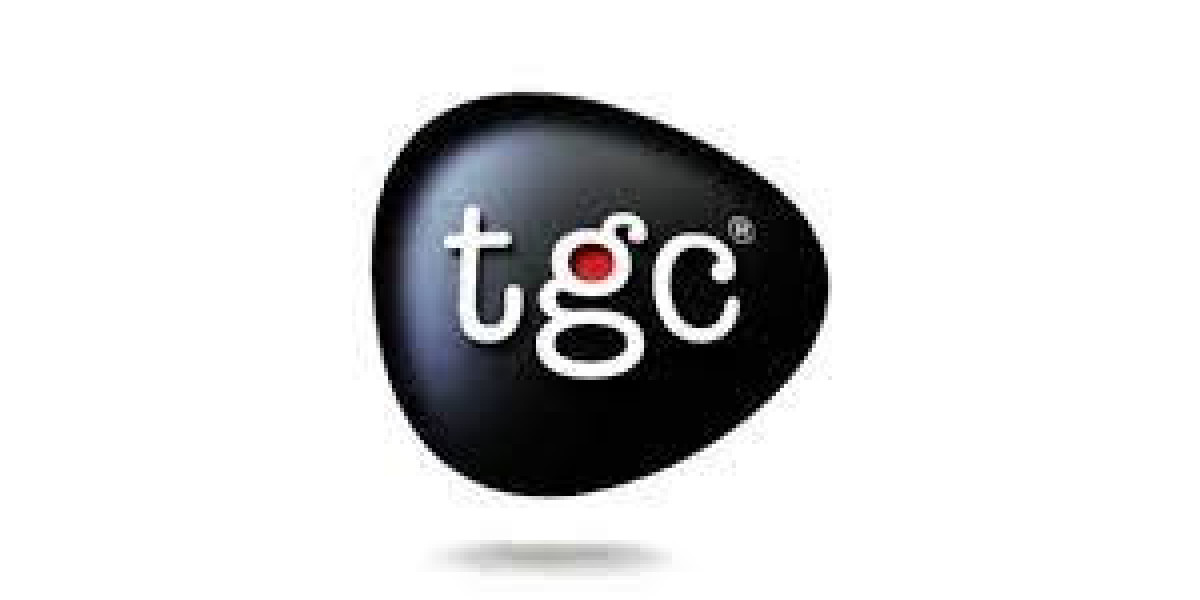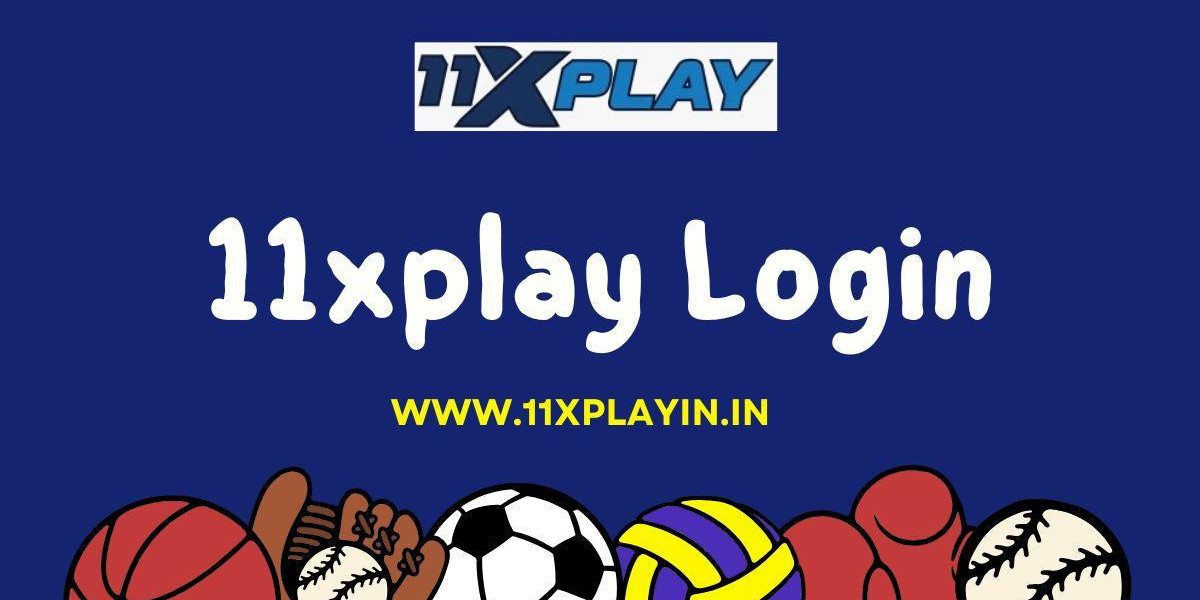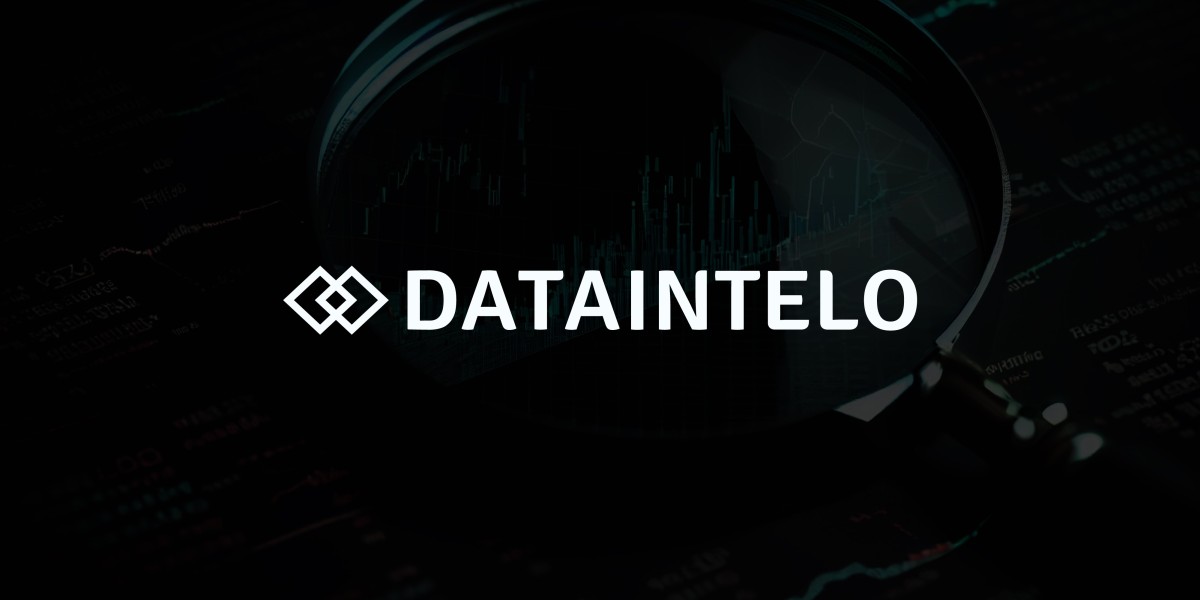Git and GitHub are not optional—they're essential.
In this blog, we’ll dive into what Git and GitHub are, why they're critical to your development career, and how mastering them can elevate your skills and open doors in the tech industry.
What Is Git?
Git is an open-source distributed version control system. It helps you track changes in your source code over time, manage multiple versions, and collaborate with other developers on the same project without stepping on each other’s toes.
Think of Git as a time machine for your code. Made by Linus Torvalds (yes, the creator of Linux), it allows you to:
Track every single modification in your codebase
Revert to any previous state if needed
Work on multiple features at once without breaking the main project
Merge code changes from different team members
Unlike storing multiple versions of a file manually (like project-v1-final-revised-FINAL2.pyGit lets you do this cleanly, efficiently, and professionally.
What Is GitHub?
While Git runs on your local machine, GitHub is a cloud-based hosting platform built around Git. It enables developers to store, manage, and share their code repositories online with powerful features like:
Pull Requests (for code reviews)
Issues and Discussions (for tracking bugs and ideas)
Actions (for automation and continuous integration)
Wikis and README files (for documentation)
Contributions and activity graphs (for showcasing your work)
GitHub also fosters one of the largest developer communities in the world, making it a hub not just for code, but for collaboration, learning, and career building.
Why Git and GitHub Are Must-Know Skills
1. Used Everywhere in the Industry
Git and GitHub are industry standards. Virtually every tech company—startups, big tech giants, government institutions, and freelance teams—uses Git as their version control system and GitHub (or similar platforms like GitLab/Bitbucket) for repository hosting.
Knowing how to use these tools will make you job-ready from day one.
2. Built for Collaboration
Gone are the days of emailing zip files back and forth. With Git and GitHub:
Multiple developers can work on the same project simultaneously.
Branching allows each developer to work independently on features.
Merge conflicts and changes are managed systematically.
Teams can conduct code reviews via pull requests before approving changes.
This structured approach ensures cleaner code, better quality, and more efficient teamwork.
3. Your Portfolio Lives on GitHub
As an aspiring developer, having a GitHub profile is like having a live portfolio. It shows:
What projects have you built
What technologies have you used
How frequently do you code
Your approach to solving real problems
Recruiters often browse GitHub profiles before interviews. A well-maintained GitHub account can often speak louder than a résumé.
4. Experiment Without Fear
Git allows you to create branches, which are isolated environments where you can try out new ideas or features. If your experiment works, you can merge it back. If not, you can simply delete the branch—no harm done.
This makes Git a perfect safety net for learning and innovating without the fear of breaking your entire project.
5. Open Source Contribution
GitHub is home to millions of open-source projects, ranging from beginner-friendly libraries to massive enterprise systems.
By contributing to open source, you can:
Learn from top-tier developers
Solve real-world problems
Get feedback on your code
Build relationships and a reputation in the developer community
Even small contributions like fixing typos, updating documentation, or solving minor bugs can have a big impact.
6. Essential for CI/CD and DevOps
Modern development isn’t just about writing code—it’s also about how quickly and reliably you can deliver it. GitHub integrates with tools like:
GitHub Actions
Travis CI
Jenkins
CircleCI
These tools help automate testing, deployment, and updates. Understanding GitHub will give you a foundational grasp of CI/CD pipelines, which are key in today’s software landscape.
7. Project and Task Management
GitHub isn’t just for storing code. Its features, like Projects, Milestones, and Issuess can help you:
Track bugs
Manage tasks and progress
Organize development cycles (like Agile/Scrum sprints)
Even for solo projects, these features can help you stay organized and build the habit of managing code professionally.
How to Start Learning Git and GitHub
If you’re new to version control, here’s a simple roadmap:
Step 1: Learn Basic Git Commands
Start with these essentials:
git initgit addgit commitgit statusgit loggit pushgit pullgit clone
Step 2: Create a GitHub Account
Sign up at github.com and create your first repository. Push your local project and explore GitHub’s interface.
Step 3: Work on Real Projects
Apply your knowledge by building projects like:
Portfolio websites
To-do apps
Weather apps
Blog CMS systems
Host your code on GitHub and practice using branches, pull requests, and issues—even if you're working solo.
Step 4: Contribute to Open Source
Look for beginner-friendly tags like good first issue or help wanted. Read the contribution guidelines and submit your first pull request.
Final Thoughts
Learning Git and GitHub is one of the best investments you can make as a developer. These tools go beyond simply managing code—they teach you to think, build, and collaborate like a professional.
By mastering Git and GitHub, you're not just learning to save your code—you're learning to work smarter, collaborate better, and position yourself for real-world success.
So don’t wait. Start today. Your future self (and your team) will thank you.








